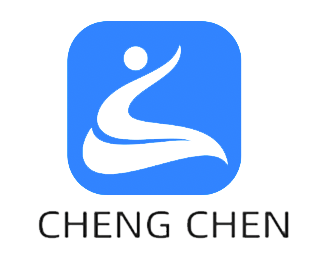
Understanding TFT Capacitive Touch: A Key Component in Consumer Electronics
- On
- InNEWS
About:
In the field of consumer electronics, LCD display modules play a pivotal role in providing a rich visual experience on a variety of devices. TFT capacitive touch technology is one of the key components enabling users to interact with these displays. In this article, we delve into the intricacies of this technology, explain how it works, and highlight its importance in the growing field of consumer electronics.
1. What is TFT capacitive Touch?
TFT (Thin film transistor) capacitive touch technology combines the benefits of a TFT LCD display with a touch-sensitive capacitive sensor. These sensors detect the electrical properties of the human body, allowing the user to interact with the display through touch gestures. TFT capacitive touch screens provide precise and sensitive touch control, revolutionizing the user interface of smartphones, tablets, and other electronic devices.
2. How does it work?
The TFT capacitive touch screen consists of multiple layers, including a TFT LCD panel, a capacitive touch sensor layer, and a controller. The touch sensor layer consists of a transparent conductive material (usually indium tin oxide (ITO)) etched into a grid of electrodes. When the user touches the screen, the electrostatic field is disturbed, which changes the capacitance at the touch point. The controller interprets these changes and determines the touch position to enable the appropriate action on the display.
3. Advantages of TFT capacitive touch screen:
Enhanced user experience: The TFT capacitive touch screen provides intuitive, natural interaction with gestures such as swiping, pinching and tapping for a seamless user experience.
– Multi-touch support: These touchscreens are capable of detecting multiple touch points simultaneously, enabling advanced features such as multi-finger gestures and zooming.
– High definition and visibility: TFT LCD panels provide vibrant colors, high contrast and wide viewing angles, ensuring excellent visual quality and readability.
– Durability and reliability: The top layer of the capacitive touch sensor is made of tempered glass and is resistant to scratches, shocks and environmental factors, ensuring durability.
4. Applications in consumer electronics:
TFT capacitive touch technology has been widely used in a variety of consumer electronic devices, including:
– Smartphones and tablets: easy navigation, gaming, typing and more.
Laptops and ultrabooks: Touch input is available in addition to traditional input methods.
Smart watches and wearables: enhance usability and enable gesture-based control.
Consoles and portable gaming devices: provide an immersive touch gaming experience.
Automotive infotainment systems: touch interactions that facilitate entertainment and navigation.
In short, TFT capacitive touch technology has revolutionized the way consumers interact with electronic devices. By seamlessly combining touch sensitivity and high-quality TFT LCD displays, it opens new avenues for delivering intuitive and engaging user experiences across a wide range of consumer electronics products. As the industry continues to evolve, TFT capacitive touch screens will undoubtedly play a key role in shaping the future of user interfaces and interactions.
Newsletter Updates
Enter your email address below and subscribe to our newsletter


